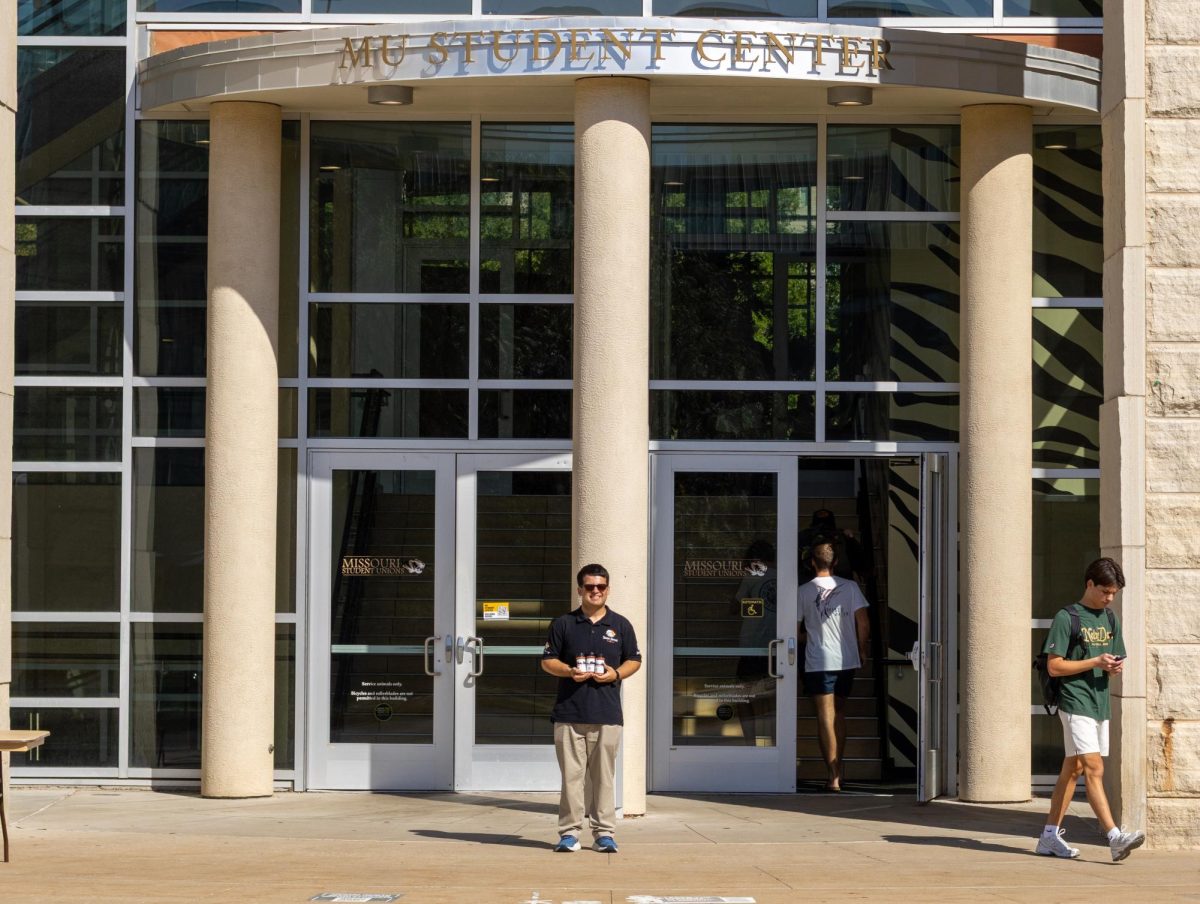Twenty minutes south of campus, in Ashland, Mo., the MOFLUX project literally towers above the deciduous forest. Delicate instruments are perched 106 feet in the air, constantly collecting data, looking for Earth’s “missing sink.”
Instruments on the tower built for the project measure factors such as carbon dioxide levels, radiation and wind direction of the air above the forest, taking measurements 10 times per second.
The MOFLUX project became operational in 2004 and aims to do what Stephen Pallardy, professor in MU’s Department of Forestry and superintendent of the Baskett Research and Education Area, referred to as “accounting on CO2.”
“We measure the wind in three dimensions — north and south, east and west and up and down,” Pallardy said. “If the wind moves up and the CO2 goes down, something below (the sensor) is absorbing CO2. There’s what we call a ‘missing sink.’ Something is pulling out of the atmosphere. We want to characterize that component of removal.”
The tower is located in the Baskett Research and Education Area, or BREA. BREA is a 2,266-acre facility used by the School of Natural Resources for research and extension projects. It is crucial as an “ecologically important transitional zone between the central hardwood forest region and the central grassland region of the United States,” according to the BREA website.
Roughly 2.6 billion out of 8 billion tons of carbon produced by human activity each year are sucked into land-based “sinks,” mainly forests, according to an article by Jane Burgermeister, published in Nature Reports Climate Change in July 2007.
Senior forestry major Adam Halley worked on the MOFLUX project as undergraduate researcher. He helped collect leaf samples and scan every individual leaf, the primary goal being to measure the rate of mortality in the leaves.
“It was great to work outside, knowing what I was doing would impact others,” Halley said. “It’s cool to think that someone might continue this research in 10 years.”
MOFLUX collaborates with the Oak Ridge National Laboratory in Tennessee.
“They wanted someone relatively close who had a much different climate, a dryer climate,” Pallardy said. “They’re happy with our collaboration and want to continue.”
The project also measured water tension levels to CO2 levels to research how droughts affect the forest.
Pallardy said there are currently no plans to stop monitoring the forest.
“The basic data streams are meant to be long-term measurements,” Pallardy said.
All data collected by MOFLUX for Oak Ridge National Laboratory is available to the public online.
MOFLUX is part of the nation-wide AmeriFlux, which participates in the worldwide FluxNet. Pallardy said the ultimate goal of the project is to have mathematicians be able to use data to predict how areas will respond to CO2.
“It’s continental and worldwide accounting,” Pallardy said.







